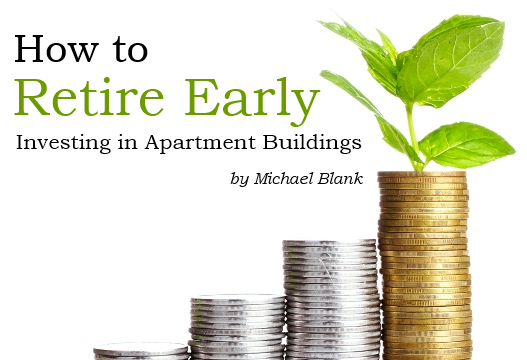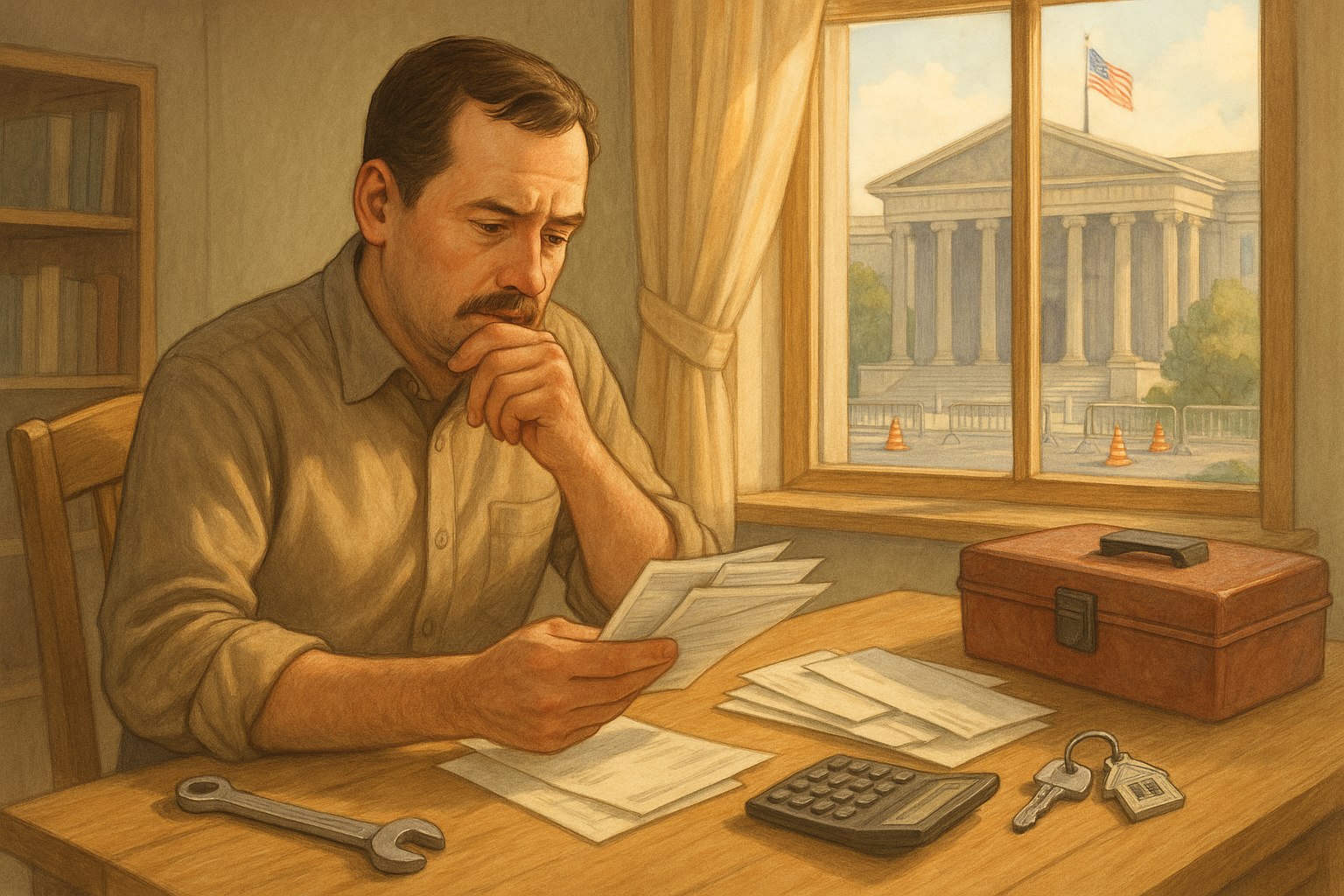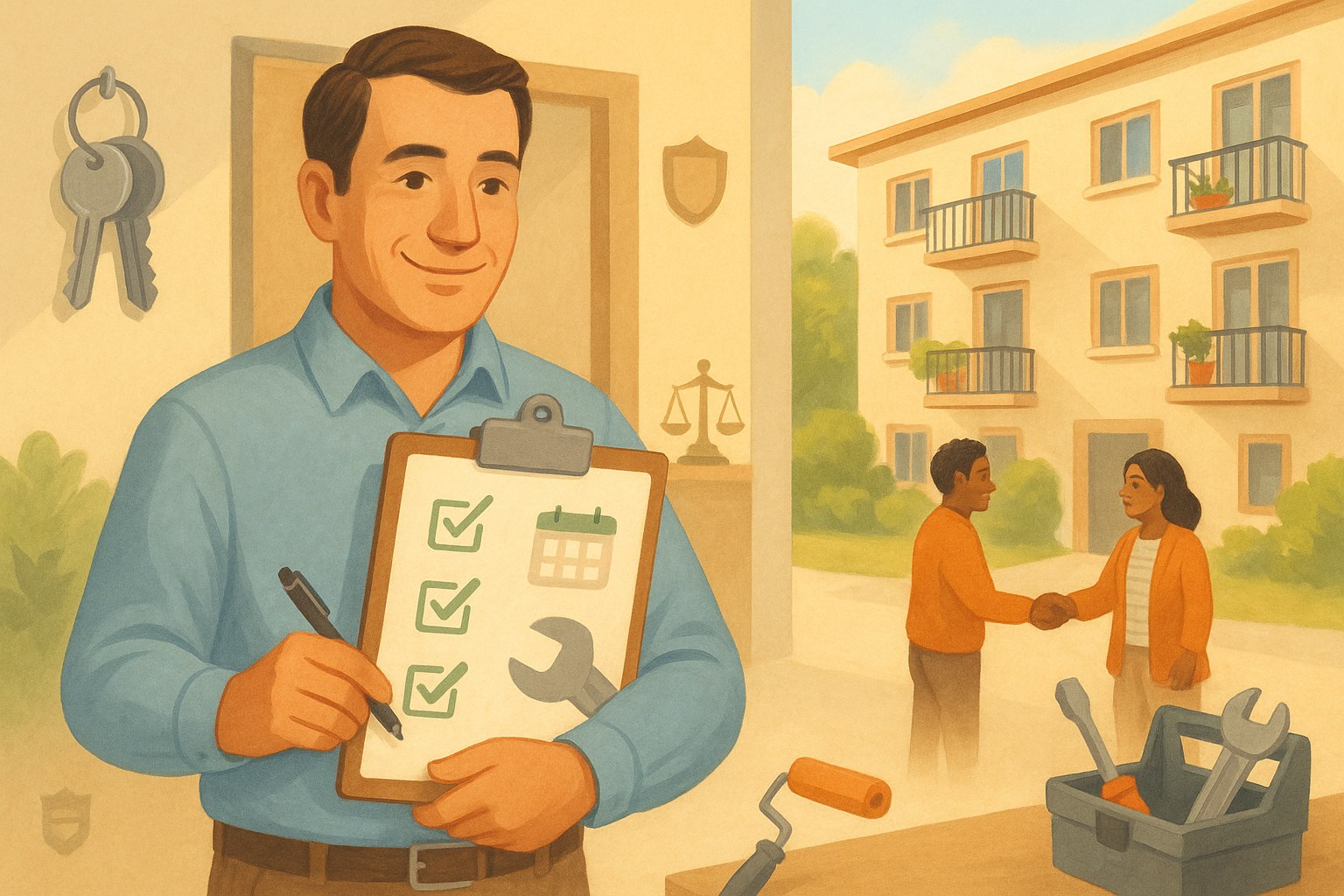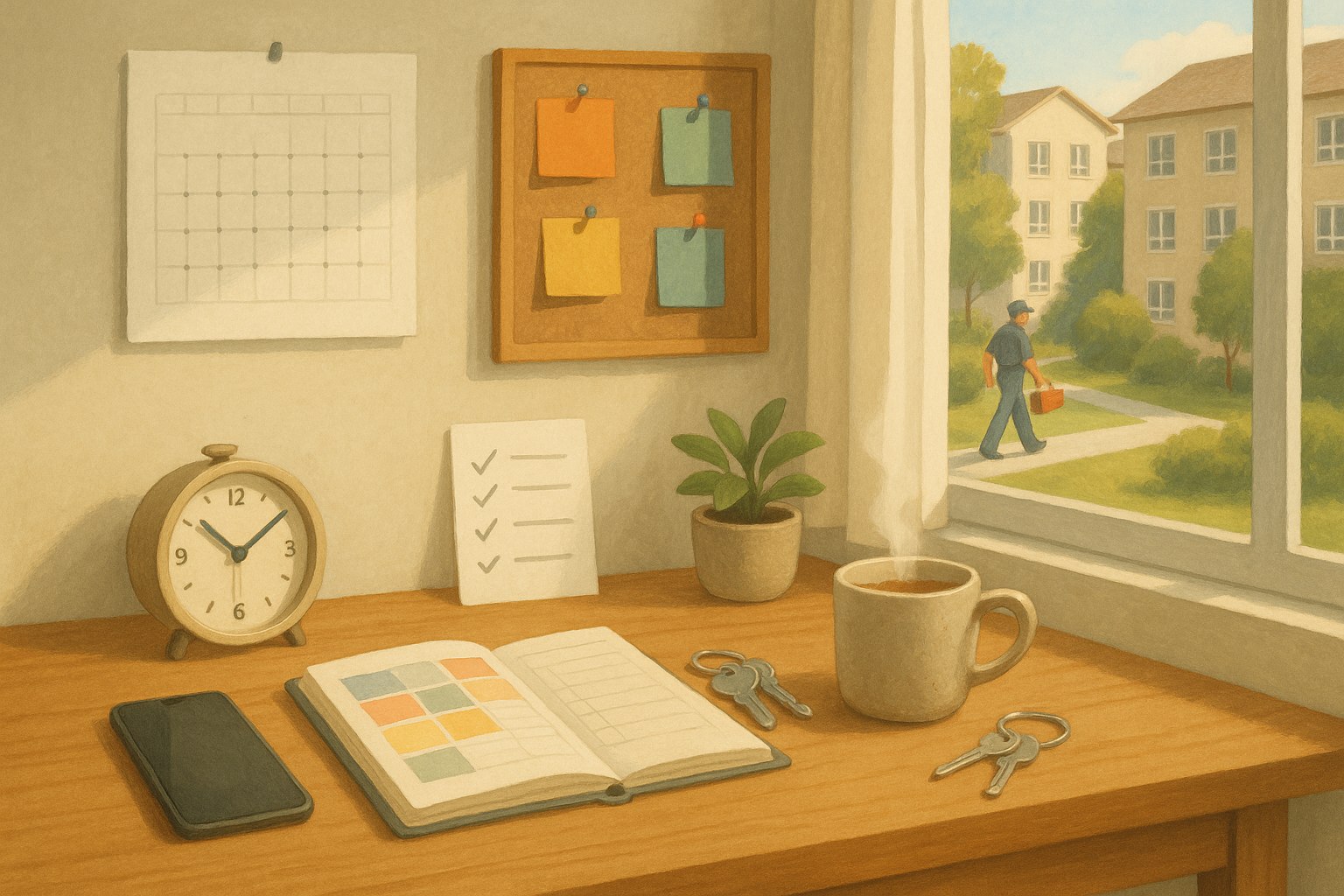How to Retire Early Investing In Apartment Buildings

Many of us are looking for something better, maybe a scenario where we can retire earlier or perhaps enter a state of semi-retirement. The answer: investing in apartment buildings.
Imagine working really hard to find a good building at a fair price, putting the financing together, and hiring a property manager to run the whole thing. Was that a lot of work? Of course. But don’t you work hard anyway? Here’s the difference….
Apartment Ownership – What’s It Really Like?
Imagine the day you close on the building and your property manager takes over. Ask most apartment building owners, and they will say they spend anywhere between 2 and 5 hours per week on their building if it’s managed by a professional management company.
What have you done? You went from a job that took 40-50 hours of your time each week to one that takes a fraction of that. And you replaced part or all of the income of your job with that from the apartment building.
You’re working less while maintaining your income.
What would this mean to you? Maybe you could spend more time with your family. Maybe you want to travel more. Pursue a hobby. Give back. Or maybe do more deals.
How is something like this possible with apartment buildings? The answer is in how apartment buildings are valued.
How Do you Make Money On Apartment Investments?
The value of an apartment building is driven by its net operating income, the amount of income left after all expenses are paid. The more money the building spits out after all expenses, the more it’s worth.
In many parts of the country, a building is worth 10 times its net operating income. This “10 times multiplier” is referred to as the “capitalization” or “cap rate” for short. Don’t worry about this for now – it’s not important to the point I’m trying to make. Let’s just use a cap rate of 10 for our discussion.
Let’s say a building has a net operating income of $100,000, which would make it worth $1M. If you could somehow make the building generate $10,000 more each year, maybe by increasing rents or decreasing expenses, you would have generated $100,000 in value (a cap rate of 10 times the additional income of $10,000 is an additional $100,000 in value).
Let’s look at a more specific example, so that you can start visualizing how this “math” could work for you in real life.
Assume you bought a 10-unit building for $540,000, and you had to put 30% down. The building was bought at a “10-cap” based on our formula we’ve used so far. Which means its net operating income (or NOI) is $54,000 per year, times our cap rate of 10 is $540,000. The income per unit is $1,000, and the expenses are 55% of the income. The building is in great shape and has been managed by the owner himself.
So far there is nothing special about this deal.
However, suppose you found out that the average market rent in the area is actually a $200 higher per month. Suppose further that you meet a property manager who manages two similar buildings in the area, and he tells you that his expenses are only 45% of income.
Let’s say it takes us 3 years to get the building to where it should be, i.e. with each unit bringing in $1,200 per month and lowering our expenses to 45% of income. Here’s how this would impact our financials:
By making small improvements each year, we have added $25,000 to our Net Operating Income. What is our value now?
Our new NOI is $79,000, so our value now is about $790,000 ! That is an increase of $250,000 in three years! Isn’t that incredible?
But that’s not all.
You also had between $2,600 and $4,700 in monthly income from this building over those three years.
That’s still not all. You (em, I mean your tenants), paid down $21,500 of your mortgage balance during that time, too.
Here’s what you get if you add everything together:
Your down payment was $160,000, and your total profit if you sold this building in 3 years is $284,000. This means you nearly doubled your investment!
In the meantime you enjoyed an average of $3,500 per month in cash flow.
Maybe you need more than that each month to quit your job. No problem. Buy a bigger building. Or get a second or third one. Three of these buildings will give you $10,000 per month in income and almost a $1M of profit in 3-5 years.
Retirement Possible In 5 Years After Investing In Aparments?
Would it be a lot of work? Absolutely. Do you work pretty hard right now? Probably.
Imagine working just as hard for the next 5 years and being able to retire. Imagine. 5 years.
And then you can do whatever you want. Keep working. Keep finding new deals (why stop?). Travel. Family. Give back. Whatever.
You don’t have all the answers, and you probably feel overwhelmed. That’s to be expected. The point I’m trying to make is, make sure that whatever you’re working hard at gets you to where you want to go.
I always say, “where there’s a will, there’s a way. And where there isn’t a will, there is NO way”. So ask yourself first, how badly do you want it? If you want it badly enough, you will choose to commit to the journey.
Use REIClub.com as a resource to get started – there are tons of articles, blog posts, and videos! I’ll try to do my part to write articles (and maybe publish a few videos) on the subject of investing in apartment buildings with a particular focus on raising money from private individuals (called “syndication”).
For me, and many others, apartment buildings are the single best way to retire early. It might be a good wall to consider climbing. Why not get started today!
Michael Blank’s passion is being an entrepreneur and helping others become (better) entrepreneurs. His focus in real estate investing is buying apartment buildings by raising money from private individuals.
Michael has been investing in residential and multifamily real estate since 2005 and began syndicating deals in 2010. He is the author of the Syndicated Deal Analyzer and the free eBook “The Secret to Raising Money to Buy Your First Apartment Building”.







